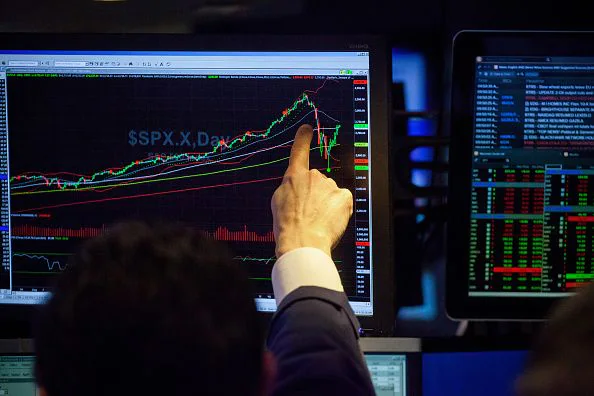[ad_1]

The losses in the bond market are particularly insidious because fixed-income assets are supposed to protect portfolios due to their lower volatility and low or negative correlation to equities. However, history suggests this would be a bad time to reduce bond allocations. To see why, take a close look at the investment characteristics of bonds and stocks. Although long-term correlations between stocks and bonds are near zero, there are periods of high positive and high negative correlation. Over an entire market cycle, from stock market peak to new peak with a drop of at least 10% in between, bond investors generally suffer along with equity investors.
The table below shows the eight S&P 500 Index real (inflation-adjusted) drawdowns worse than 30% since 1871, and the corresponding real drawdown in the 10-year U.S. Treasury note. The worst equity drawdowns did have positive bond returns, but that’s misleading. I’m looking only at U.S. government bonds. If you had been holding corporate or foreign bonds, or bank deposits in the 1930s, your losses would have been large due to defaults. The Great Depression was the worst credit event in modern history, and the 2000 – 2013 period had two large ones as well.
So, the message seems to be that a big drawdown in real stock returns usually means a large drawdown in bond returns as well. Let’s look next at the six times in history when stocks and bonds both had double-digit real drawdowns.
Only in the 1946 to 1950 market cycle were bond investors not richly rewarded for sticking with bonds. Wartime price controls came off in 1947, which means dollars received in 1950 were more powerful than dollars received in 1946, because you could actually buy whatever goods and services you wanted with them without ration coupons. If the Consumer Price Index had been adjusted for the removal of price controls, this real return would have looked pretty healthy as well.
There’s a reason to think that bonds will more than make up for recent drawdowns. Bonds lose when interest rates rise more than expected. If that continues forever, bonds can lose value down to zero. But in the U.S., interest rates have always reverted to lower levels. When that happens, bond investors are holding high-coupon bonds in a low-interest-rate environment, meaning they have large capital gains. The bigger the bond losses on the downswing, the higher interest rates are, so the bigger the profits on the upswing.
Of course, we don’t know what will happen in the current market cycle. Stocks and bonds might well draw down much more than their current levels before things turn around. And it may be many years before the stock market hits a new peak — it’s even possible that will never happen. But both logic and history suggest that investors looking back from that new peak will not regret holding on to their bonds.
More From Other Writers at Bloomberg Opinion:
• Powell Hampers the Fed With an Unforced Error: Levin & Burgess
• Bond Landmarks Hint at Revenge of the Monetarists: John Authers
• The Ideal Portfolio to Survive a Bear Market: Gary Shilling
This column does not necessarily reflect the opinion of the editorial board or Bloomberg LP and its owners.
Aaron Brown is a former managing director and head of financial market research at AQR Capital Management. He is the author of “The Poker Face of Wall Street.” He may have a stake in the areas he writes about.
More stories like this are available on bloomberg.com/opinion
[ad_2]
Source link

